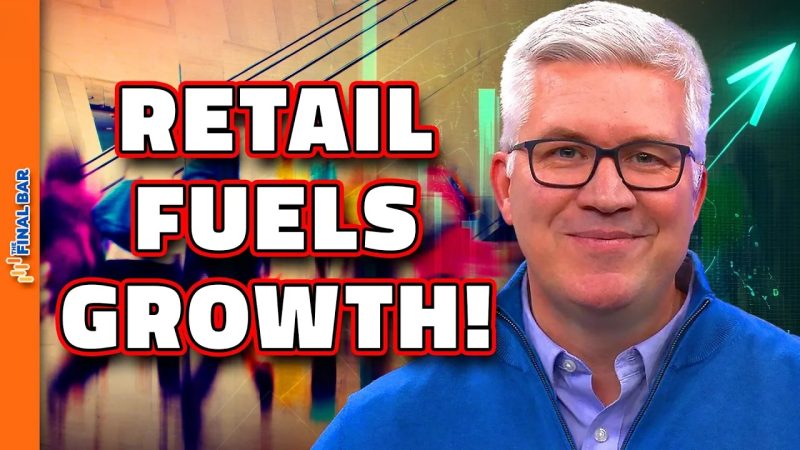In the aftermath of the global financial turmoil, the economy has been undergoing constant fluctuations due to various internal and external factors. Among these, inflation emerges as a persistent concern that has the potential to impact businesses and consumers alike. Retail sales serve as a critical indicator of the overall economic health, reflecting consumer sentiment and spending patterns. The recent surge in retail sales can be attributed to several factors, including pent-up demand, economic stimulus measures, and changing consumer behaviors.
One of the key drivers of the strong retail sales is the gradual reopening of businesses and easing of pandemic restrictions. As more people return to physical stores and resume normal activities, there is a noticeable uptick in consumer spending across various sectors. This resurgence in retail sales not only bolsters economic growth but also provides a much-needed boost to businesses that have been struggling to stay afloat during the pandemic.
Another contributing factor to the robust retail sales figures is the impact of economic stimulus measures implemented by governments worldwide. Stimulus checks, unemployment benefits, and other financial aid programs have injected much-needed liquidity into the economy, prompting consumers to increase their spending. This influx of disposable income has played a significant role in driving retail sales as consumers feel more confident about making purchases and investing in discretionary items.
Furthermore, changing consumer behaviors and preferences have also played a crucial role in shaping the strong retail sales landscape. The shift towards online shopping and e-commerce platforms has accelerated during the pandemic, with many consumers opting for the convenience and safety of shopping from home. This trend has led to a surge in online retail sales, benefiting businesses that have a strong digital presence and prompting traditional retailers to adapt their strategies to cater to the evolving consumer preferences.
However, the specter of inflation looms large over the economy, presenting a challenge that could potentially dampen the current growth trajectory. Rising inflationary pressures, triggered by supply chain disruptions, increasing demand, and rising input costs, threaten to erode consumers’ purchasing power and squeeze business margins. As businesses grapple with higher operating costs, they may be forced to pass on these costs to consumers in the form of price hikes, leading to a potential decline in consumer spending and economic activity.
In conclusion, the recent surge in retail sales fueled by a combination of factors such as pent-up demand, economic stimulus measures, and changing consumer behaviors has provided a much-needed boost to economic growth. However, the looming threat of inflation poses a significant challenge that could potentially derail the current momentum. It is crucial for businesses and policymakers to adopt prudent strategies to navigate through these uncertain times and ensure sustainable growth in the long run.
